Meet a Monitor: Lauren Eaton
The health of our local waterways relies on dedicated individuals who turn their passion into action. Today, we’re excited to shine a spotlight on Lauren Eaton, Monitoring Manager at Friends of the Rouge, an environmental non-profit tirelessly working to restore, protect, and enhance the Rouge River watershed in southeastern Michigan.
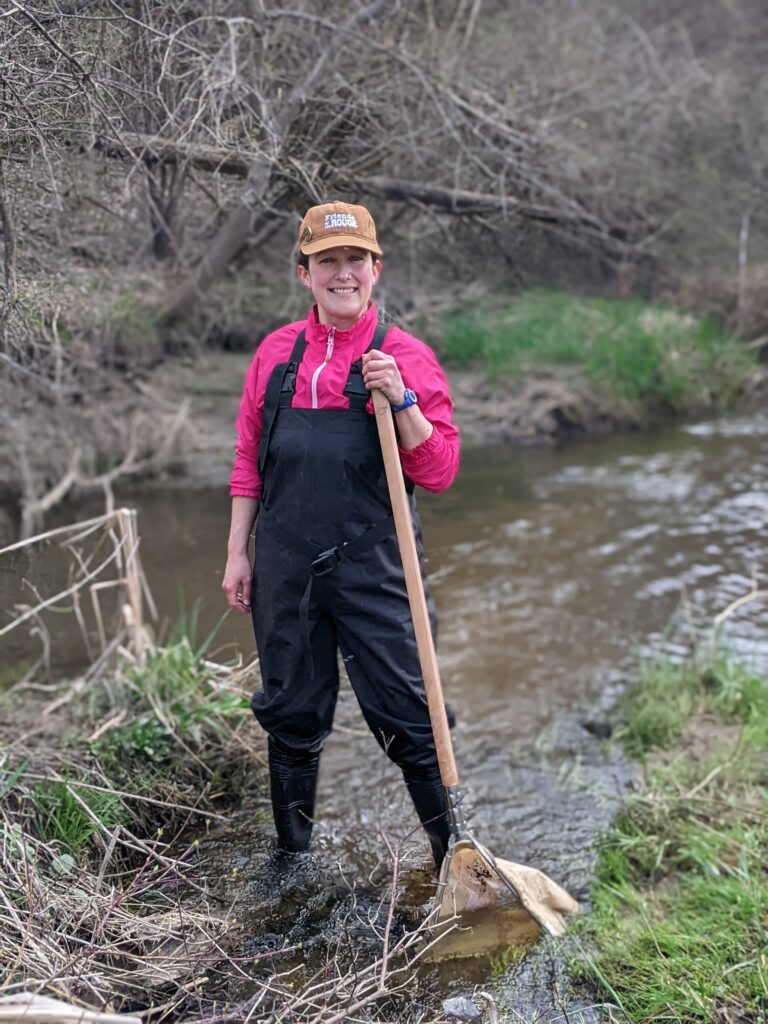
From Lakeside Childhood to River Advocate
Lauren’s journey began with a deep connection to water, growing up on Lake Saint Clair in a Detroit suburb. Her childhood was filled with the lake’s presence, fostering a deep fascination with aquatic life, especially fish. Initially aspiring to be a marine biologist, Lauren’s focus shifted to freshwater environments, leading her to discover her true calling.
After graduate studies, Lauren spent eight years at a federal laboratory doing large lake research—looking at larval fish, zooplankton, chlorophyll, and food web-based analysis on the larger lakes. Wanting to apply her expertise closer to home (in her local community), she joined the Friends of the Rouge (FOTR) team as the Monitoring Manager. Friends of the Rouge is an environmental non-profit that was founded in 1986 to raise awareness about the need to clean up the Rouge River in southeastern Michigan. FOTR’s mission is to restore, protect, and enhance the Rouge River watershed through stewardship, education, and collaboration.
The Rouge River: A Symbol of Resilience
The Rouge River is one of the nation’s most urbanized watersheds and holds a significant place in environmental history. It was one of the waterways that infamously caught fire in 1969 due to severe pollution, alongside the Cuyahoga River. These events became powerful symbols, highlighting the need for environmental protection and ultimately paving the way for the passage of the Clean Water Act of 1972.
While the Rouge River has seen remarkable improvements over the past 50+ years, with people now enjoying paddling on its waters, the journey toward complete restoration continues.
Reconnecting Communities with Their River
Part of Lauren’s interest in monitoring is to be able to connect people with the river. She observes that despite the river flowing through backyards, parks, and near schools, a perception of the river as “dirty” or “dangerous” often creates hesitation for people to interact with it. Lauren and Friends of the Rouge aim to change these perceptions, encouraging people to get back on the river, enjoy nature, and become active participants in its health.
One powerful way to forge this connection is through monitoring—ensuring the river’s safety, continuing cleanup efforts, and transforming the image of “the river on fire.”

The Power of “Bug Hunts” and Participatory Science
Every year, Friends of the Rouge hosts “Bug Hunt” events in January, April, and September. During these events, 100-150 volunteers sample 30-40 sites across the watershed, meticulously collecting benthic macroinvertebrates and measuring parameters like temperature, chloride, nitrate, and habitat characteristics. Lauren notes, “it’s a really good chance to look at the bugs… and that many people come back year after year.” These family-friendly events engage both adults and children, fostering a love for nature and science.
Uncovering a Hidden Threat: Chloride Pollution
Through their “Bug Hunt” programs, FOTR volunteers and staff discovered consistently high levels of chloride throughout the year, not just during winter testing. While surface water quality standards for chloride were established in Michigan in 2019, widespread knowledge about chloride concentrations was lacking. This observation, coupled with FOTR’s strong relationship with state regulatory authorities like the Michigan Department of Great Lakes and Environment (EGLE), spurred a crucial project.
FOTR worked to gain more widespread understanding of chloride concentrations and support EGLE’s ongoing assessment of chloride impairment in the Rouge River. A key part of this project involved comparing various sampling methods to determine the accuracy and reliability of chloride strips used in Salt Watch kits.
From January to June 2024, FOTR staff followed a quality assurance project plan (QAPP) approved by EGLE, sampling at 39 sites. Alarmingly, at 35 of these sites, chloride levels exceeded surface water quality standards, posing a threat to aquatic life. This project not only filled a data gap but also confirmed the reliability of the test strips, showing an almost one-to-one relationship with results from approved laboratories. These findings allow groups like EGLE to pinpoint pollution sources and implement reduction strategies near the affected areas, turning data into tangible actions.
Lauren emphasizes the widespread nature of salt pollution in urban areas: “Salt, particularly in urban areas, is just so ubiquitous we find it in so many different streams and we found that it is directly related to a lot of the impervious surfaces, the cement and pavement, in the roads. And so, it really negatively affects the fish, the bugs, and the frogs that live in the water. It’s important to think about that because [salt is] all over, and there are ways that communities, municipalities, and states can lower the amount of salt that is being used or to come up with different ways to apply salt.”
She further highlights the value of citizen science data: “The data from the test strips is really invaluable to groups particularly concerned about [road salt and] water quality and it provides accurate and reliable data comparable to like the statewide standard.” Based on these findings, FOTR recommended the chloride test strips to the Michigan Clean Water Core, a statewide volunteer monitoring program. The ease of use, minimal training requirements, and free Salt Watch kits make integrating chloride monitoring into existing programs straightforward.
Beyond Bugs: Tracking Habitat Health
In addition to benthic macroinvertebrate and water quality monitoring, FOTR conducts an annual Frog and Toad Survey. Volunteers listen for frog calls, which serve as valuable indicators of habitat health and wetland presence. Lauren notes, “The Rouge is very urbanized. We’ve lost many, many, many of our wetlands and green spaces. And so that project is an effort to just get people outside, get people engaging with the nature around them and hopefully they will become stewards of the land and the and the river. [The frog and toad surveys] also helps us track habitat quality and to then try to advocate or get some focus on areas that may be losing habitat.”
FOTR also conducts an annual fish survey, monitoring fish populations. Lauren has observed that as water quality improves, so do bug (benthic macroinvertebrate) populations, leading to healthier and more diverse fish communities, with some species expanding and increasing their populations. “Fish are always kind of the charismatic megafauna that everybody wants to see,” she adds.
Leading by Example: Personal Stewardship
Lauren actively seeks ways to reduce her own environmental impact. She engages in composting, recycling, planting native plants, and protecting and conserving habitats and land. She finds strength in her colleagues: “And it sometimes feels like a maybe a lonely battle or something. But then for me, I work with a group of people who are all so committed to doing this work and, you know, protecting our river, protecting our environment. So, it’s great to surround yourself with people who you know are also concerned with the water, concerned with the air, concerned with the wildlife…”
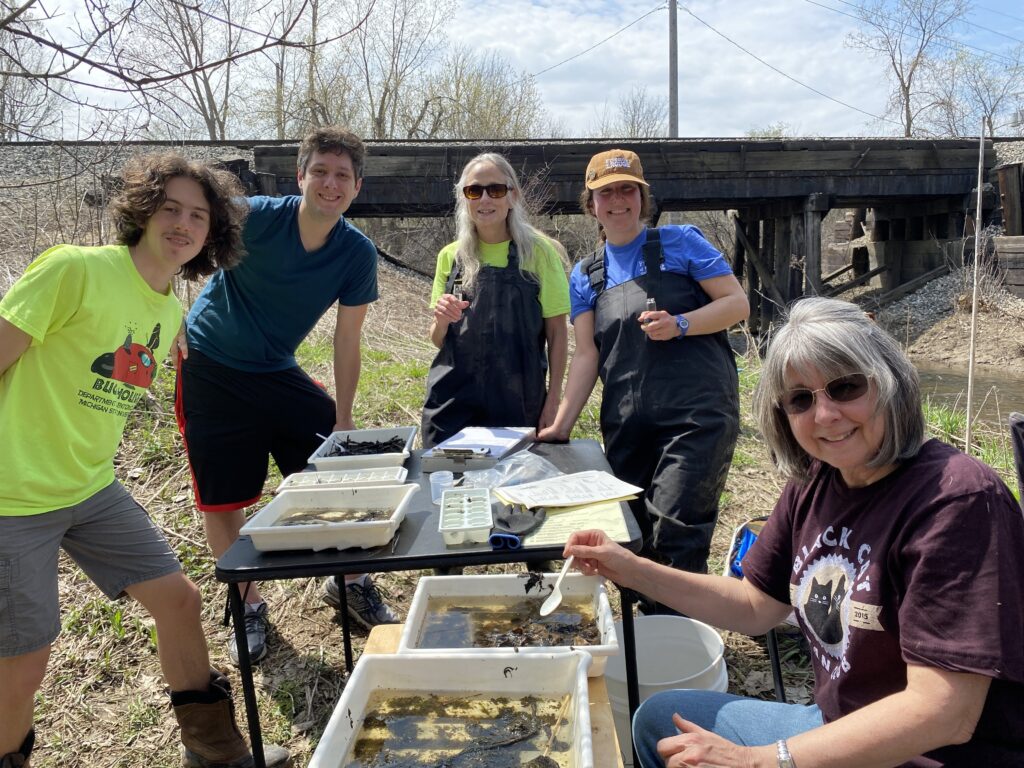
Take the Leap: Get Involved!
For those considering stream monitoring, Lauren suggests looking to local organizations. She believes that “the biggest hurdle is always just getting started. Just taking the leap.” Getting involved doesn’t require extensive time or expert knowledge. She emphasizes that “Every piece of information feeds into the larger body of knowledge, so the data that is collected is useful and valuable.”
Lauren invites anyone in the Southeast Michigan area to participate in Friends of the Rouge events. These events include restoration projects, rain garden planting, tree planting, paddling and kayak trips, frog and toad monitoring, and of course Bug Hunts!
“There are a lot of ways that you can get out in our community and become a steward of the watershed, which is our ultimate goal. We would love to come out and see you and there are so many wonderful organizations similar to ours, watershed councils, watershed groups in Southeast Michigan and throughout the country, so you know there’s a lot of opportunities to get out and get involved…”
Lauren sums up the call to action: “Everyone can’t do everything, but everyone can do something.” It can feel overwhelming sometimes to get involved because there are so many different issues. Lauren’s advice is to “Just pick whatever tickles your fancy and go with that.” And if you happen to “want to get out with your kids and look at some bugs, come out for our Friends with the Rouge Bug Hunt. We would love to see you.”
Visit the Friends of the Rouge website for more information and to see upcoming events. Participating, no matter the scale, supports the work of restoring and protecting the Rouge River.
Photo credits: Lauren Eaton and Friends of the Rouge
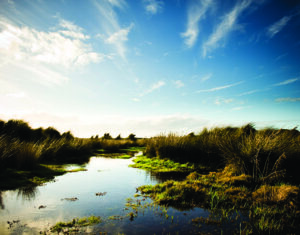
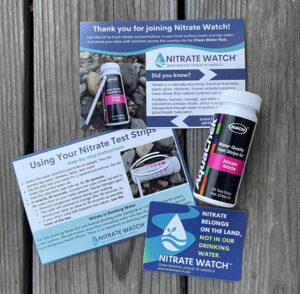 Your kit will include a bottle containing 25 nitrate test strips which you can use to test your water source(s) throughout the year. You’ll also receive postcards explaining how to use your nitrate test strips and how to share your Nitrate Watch results on the Clean Water Hub.
Your kit will include a bottle containing 25 nitrate test strips which you can use to test your water source(s) throughout the year. You’ll also receive postcards explaining how to use your nitrate test strips and how to share your Nitrate Watch results on the Clean Water Hub.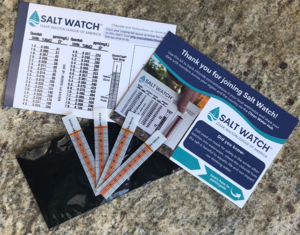 Your kit will include four test strips so you can test your waterway throughout the season. You’ll also receive a chart to help you interpret your results and a postcard with instructions for completing a Salt Watch test and reporting your findings.
Your kit will include four test strips so you can test your waterway throughout the season. You’ll also receive a chart to help you interpret your results and a postcard with instructions for completing a Salt Watch test and reporting your findings.